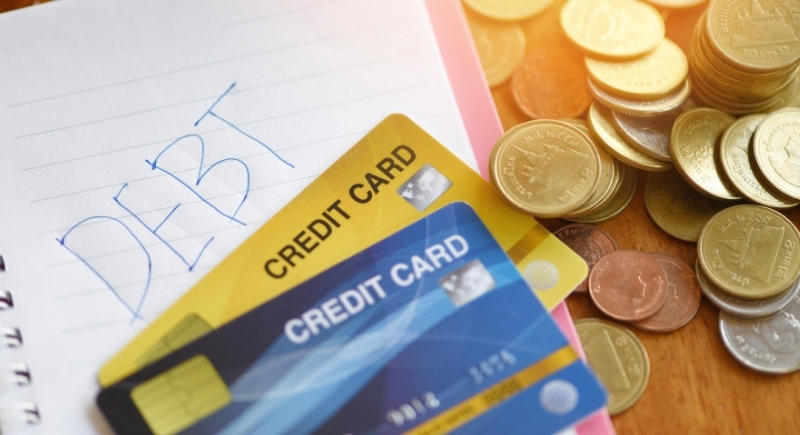How to Make the Federal Reserve’s Latest Rate Cut Work for You
The Federal Reserve just trimmed its benchmark interest rate by a quarter point, its first cut in nine months. The shift affects almost every aspect of your financial life, like what you earn on savings, how much you pay on debt, and the rates you’re offered on loans.
It won’t create dramatic changes right away, but ignoring it could still cost you. Each area responds differently, so managing this environment requires you to adjust your strategy.
Savings Yields Will Slip but Still Offer Solid Options

Image via Getty Images/girubalani garnarajan
High-yield savings accounts are already showing signs of softening. While the national average savings yield sits at 0.61%, top online banks continue to offer high-yield accounts with returns between 3.5% and 4.35%, according to Bankrate.
These remain among the best tools for holding short-term cash because they provide both liquidity and relative inflation protection—at least for now. Unlike traditional banks, online banks tend to adjust more slowly, so rates may be competitive a bit longer.
Money market funds are also worth considering. These funds, though not FDIC-insured, are considered low risk and are yielding around 4.09% on average. Vanguard’s Federal Money Market Fund offered 4.19% in recent data.
These are not long-term investments, but they are still useful for short-term storage, especially if you need faster access to funds without losing purchasing power.
CD Rates Remain Attractive
The rate cut puts pressure on CD yields going forward, but existing options still present opportunities to lock in returns. No-penalty CDs are leading options for people who want fixed rates without the commitment.
A 7-month no-penalty CD from Marcus currently pays 4% with a $500 minimum. M.Y. Safra Bank offers 4.05% on a 13-month no-penalty CD, though it requires a $5,000 deposit. These allow early withdrawals after a short holding period, typically seven days, and often avoid the penalties of traditional CDs.
Add-on CDs let depositors increase their principal during the term and keep the original rate, which protects against future declines. These are provided most frequently by online banks. Brokered CDs are also gaining attention, particularly those given through national platforms like Schwab, where current rates sit between 3.75% and 4% for terms up to five years. While callable CDs exist, non-callable versions are preferred for anyone looking to preserve the yield throughout the full term.
Credit Card Debt Remains Costly Despite Cuts

Image via Canva/Bigc Studio
Credit card interest rates continue to be extremely high, as the standard APR sits at 20.12%, and even after the cut, reductions will be minimal. If your minimum monthly payment is $173 on a $6,473 balance, the cut saves roughly $1 per month. A $400 monthly payment would shorten your repayment time by just one month and reduce total interest by $17.
Rather than waiting for more cuts, the more effective move is to eliminate high-interest balances. Zero-percent APR balance transfer cards are still available and can ensure 12 to 24 months of interest-free repayment.
If you have larger balances or credit issues, nonprofit debt management programs can provide structured repayment plans with rates near 6%. Credit issuers may also negotiate rates for cardholders who are in good standing. These options are more impactful than relying on gradual Fed-driven rate reductions over time.